Lipedema
Lympha Press is a powerful tool to help manage lipedema effectively.
You are not alone. Lipedema affects 17 million women in the U.S. and an estimated 350 million women worldwide. Sadly, many go undiagnosed and aren’t aware that there are ways to manage lipedema effectively.
Lympha Press has helped women regain mobility, reduce pain, and, in some cases, experience reduction in size.
What is lipedema?
Lipedema is a loose connective tissue disease that is primarily found in women and causes painful fat deposits in the upper arms, hips, and thighs. The word lipedema means “fluid in fat” and the condition is often called “painful fat syndrome.” Due to its common confusion with obesity, lipedema is also known as “the disease they call fat.”
Women with lipedema typically don’t display symptoms until puberty or early adulthood at the earliest. Some women don’t show symptoms until after their first pregnancy or until they hit menopause. When women learn this fact, we often see nodding heads: They can point back to a hormonal juncture that triggered the change in their bodies.
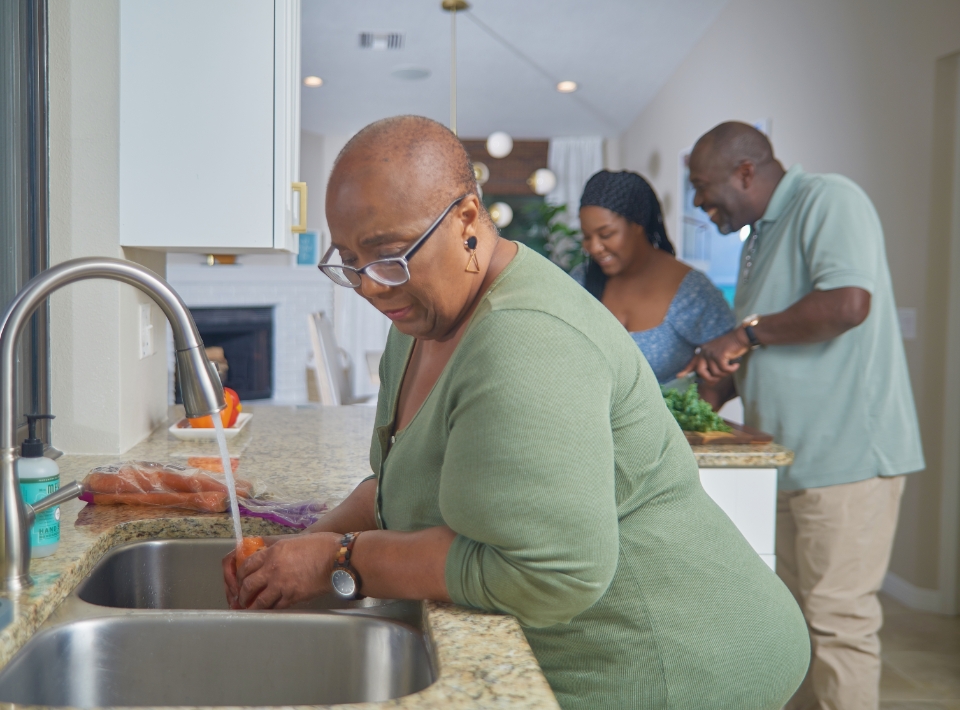
How do I know if it is lipedema?
The most common symptoms of lipedema include:
- Excess fat/fluid in the arms, hips, and thighs
- Nodules of fat that can be felt under the skin
- A body that is disproportionately larger from the waist down
- Pain and tenderness in fatty parts of the body
- An inability to lose weight despite calorie restriction and exercise
- Skin pitting, where the skin has a dotted and uneven texture
- Feet that seem unaffected, leading to a cuff at the ankle with a fatty overhang
- Capillary fragility, including being bruised easily
What are the stages of lipedema?
The earliest stage takes place unseen under the skin. Small amounts of fluid leak from the blood capillaries. While this fluid would normally be absorbed by adjacent lymph capillaries and returned to the circulating blood, this does not occur in lipedema.
Fat cells become abnormal and create a spongy layer that prevents normal fluid absorption. This means there is stagnant fluid sitting under the skin between the cells, which leads to inflammation, fat deposits, and fibrosis.
Over time, a woman with lipedema often notices that her lower body is becoming larger than her upper body, no matter how much she might try to use exercise or calorie restriction to change her body shape. She will continue to build fatty fluid under her arms and/or throughout her lower body.
As the condition worsens, mobility may be severely reduced and it could become very difficult to do daily tasks like bathing, dressing, and walking for any distance. The chronic pain of lipedema can also lead to psychosocial stress. This may be compounded by well-meaning but misguided advice from loved ones and health professionals about eating less and exercising more.
During a 2021 educational webinar with Dr. Emily Iker, she shared outstanding results experienced by one of her lipedema patients:
After just one-half hour using Lympha Press Optimal Plus therapy, the subcutaneous space was reduced by 50%.

Dr. Emily Iker
Director of The Lymphedema Center, CA
Getting started on therapy is so important. We’d love to help.
What makes lipedema different from lymphedema?

Symmetry or Asymmetry
From the outside, the most noticeable difference between lipedema and lymphedema is in the symmetry or asymmetry of the body. Lymphedema may occur only in one leg or one side of the body and create an asymmetrical appearance, but lipedema usually presents symmetrically on both sides of the body.
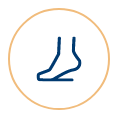
Ankles and Feet
Doctors often look at a patient’s ankles and feet to help diagnose lipedema. The thighs and calves are usually affected in lipedema, but the feet are not. This leaves a cuff or ridge at the ankle almost as if there is a band around the ankle creating a fatty flap above a normal-looking foot. In lymphedema, the feet are usually swollen and may even have open sores.
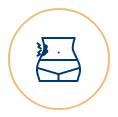
Pain
Pain is also a hallmark of lipedema. If someone has lymphedema or obesity, they will not usually have permanent pain and tenderness in the fatty areas of their body. But for some, lipedema pain can be constant and often comes with easy bruising and avoidance of touch.
As lipedema progresses, it can cause lymphedema. Lipolymphedema occurs when the fatty layers of lipedema have grown as fluid is collecting in the spaces between the fat cells, creating inflammation and fibrosis. At this point, the inflammatory environment within the body is destroying the lymph vessels and requires urgent treatment.
Here are some important facts:
- Lipedema is not the same as obesity, however lipedema can create an average body mass index (BMI) of more than 35.
- Lipedema is not associated with a high risk of diabetes or hypertension.
- Lipedema is not the same as lymphedema, but lipedema can progress to create lymphedema.
What should I do to get help?
Getting an official diagnosis is a key to getting the help you need.
In 2021, a breakthrough document brought hope to women with lipedema.
Leaders in the field of lipedema research, led by Dr. Karen Herbst, authored the Standard of Care document for lipedema in the United States. We recommend downloading this document and bringing it to your doctor or therapist.
This consensus guideline paper was written following the Delphi Method. Eighty-five consensus statements outline lipedema pathophysiology, and medical, surgical, vascular, and other therapeutic recommendations, including pneumatic compression like Lympha Press.
These guidelines improve the understanding of the loose connective tissue disease known as lipedema and advance our understanding towards early diagnosis, treatments, and ultimately a cure for affected individuals.
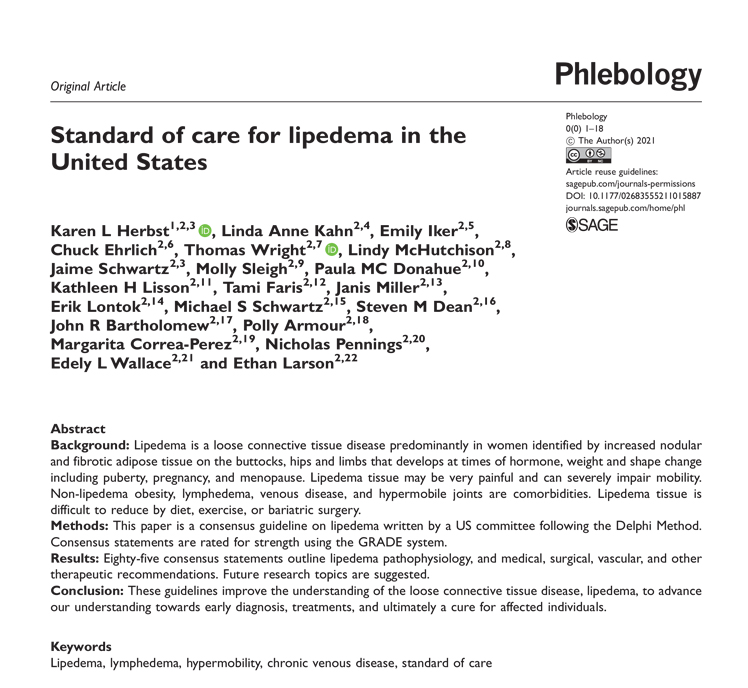
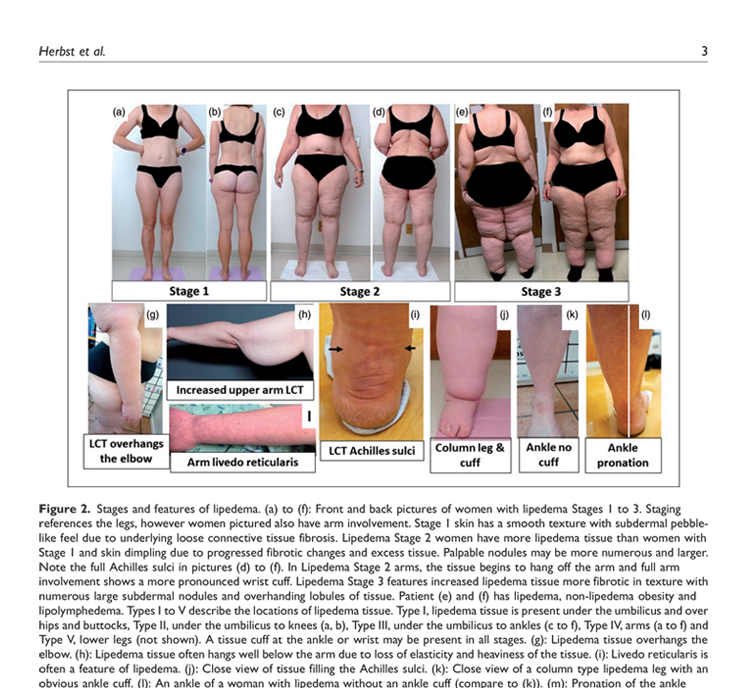
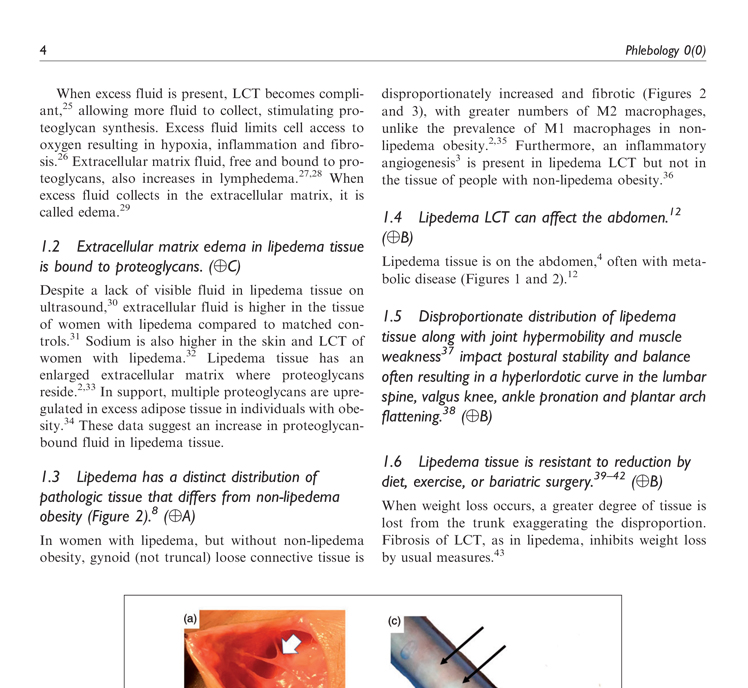
97% of lipedema patients reported that it was easier to perform self-care with Lympha Press intermittent pneumatic compression therapy compared to their previous therapy regimen.
For 85% of the participants, the improvement in ease of self-care was over 50%.*
*Presented at the International Lymphoedema Framework Conference, Copenhagen, Denmark 2021. Asa G. Andersson, Kerston Hallestrand, Anna Skordaker, Christina Ripe Bracke diakoni, Solna, Sweden.
Treatment for Lipedema
There are many treatments for lipedema that can reduce swelling, relieve pain, and restore mobility.
The most common treatments include manual therapy techniques, compression garments, and pneumatic compression therapy devices.
The Lympha Press Optimal Plus was designed with lipedema in mind and is cleared by the FDA for the treatment of lipedema in the United States. Lympha Press has been clinically proven, when used as part of a complete CDT program, to reduce swelling and pain of lipedema as well as to reduce the tendency to form bruises/hematomas. This treatment regimen can not only reduce leg volume and capillary fragility but also improve pain intensity and mobility in patients with lipedema.
Do you have painful fatty areas that you can’t get rid of?
You may be suffering from lipedema. Our team considers it a privilege to help. Contact us to begin the process and see how our pneumatic compression therapy can make a difference in your life.
You'll find these candid and wonderful panelists and more at every Roundtable!
Find Strength in Community
We’ll say it again: You are not alone.
Lympha Press genuinely cares about the lipedema community and hosts monthly Roundtables with patients, just like you, who are managing their condition effectively. These hour-long webinars take place on the third Wednesday of every month and share an abundance of information and inspiration.
Find a community that works for you; that lifts your spirits and helps you take care of you.
You can find many social and online portals led by lipedema patients and non-profit organizations doing excellent work to raise awareness, research this condition, and share information to help. These include (but are not limited to):
Being a busy mom while trying to safely manage my lipolymphedema can be stressful and time-consuming.
The Lympha Press Optimal Plus has not only been a lifesaver but a time saver as it is cleared by the FDA to treat both Lymphedema & Lipedema.
The Optimal Plus is easy to use and makes a difference in my quality of life by decreasing pain and increasing mobility.

Cara Cruz
@PaleGingerPear, Lipolymphedema Patient
Lipedema Video Library
Lympha Press is committed to telling the stories of patients with lipedema. We believe by sharing what these brave and resilient patients have learned as well as what leading medical professionals have discovered, many will be inspired to manage their condition and find hope in the process.
Many women are using the Lympha Press Optimal Plus and seeing great results like reduced pain, increased mobility, and in some cases, substantial reduction and even elimination of fat pads.
Best of all it’s so easy to use, as demonstrated by Cara Cruz, known as @PaleGingerPear on social media. She is just one of the inspiring voices on our monthly Lipedema Patient Roundtables, which take place on the third Wednesday of each month at 8:00 PM EST.






